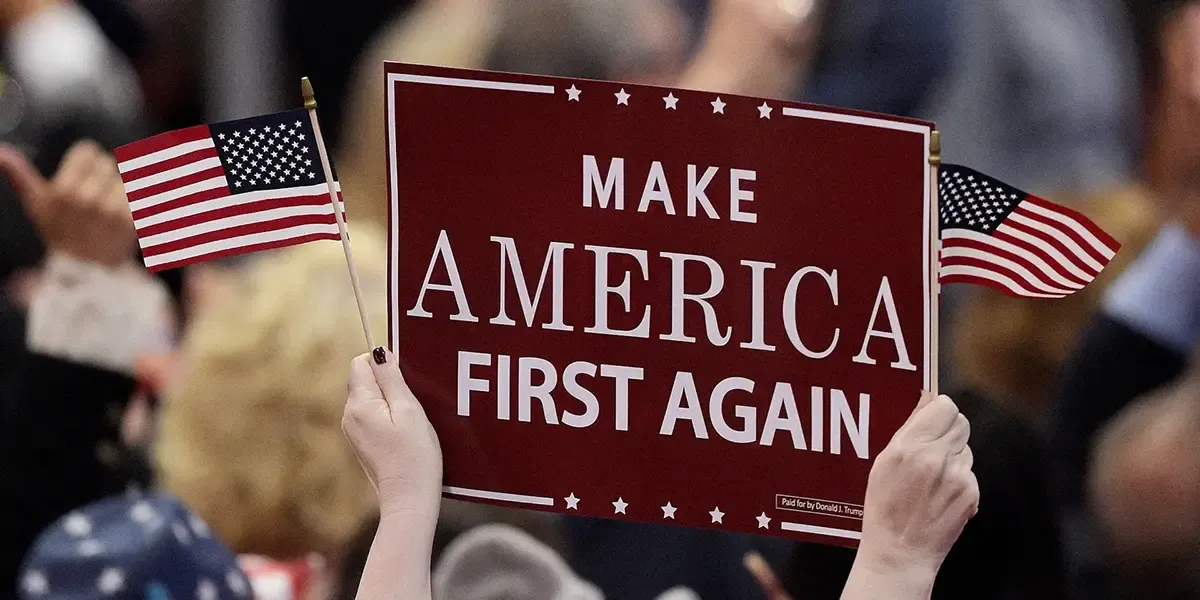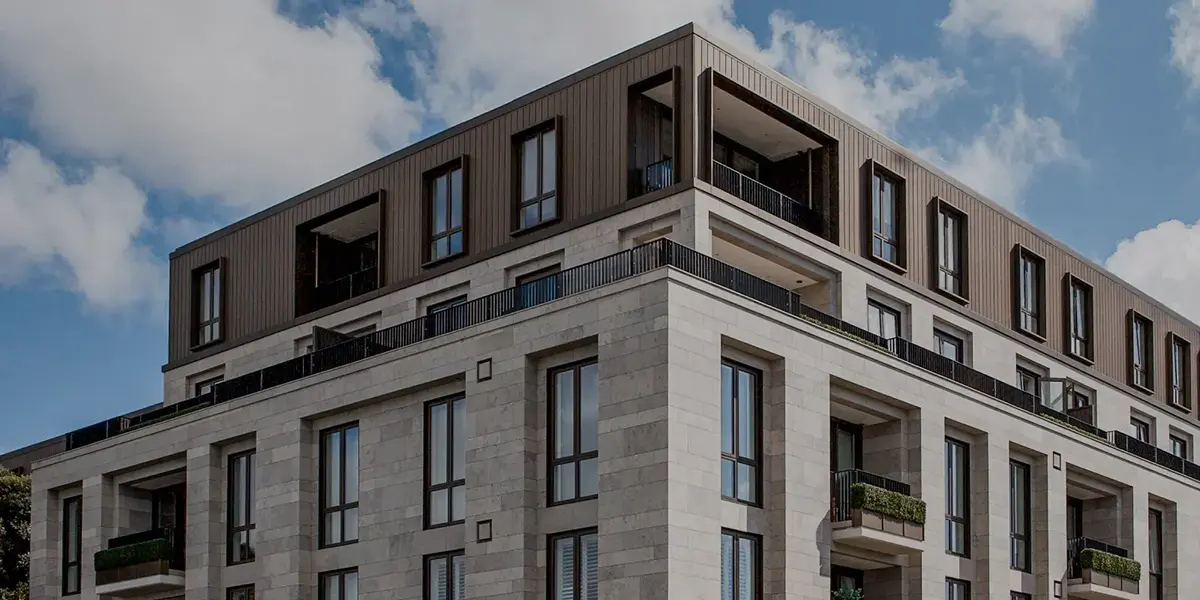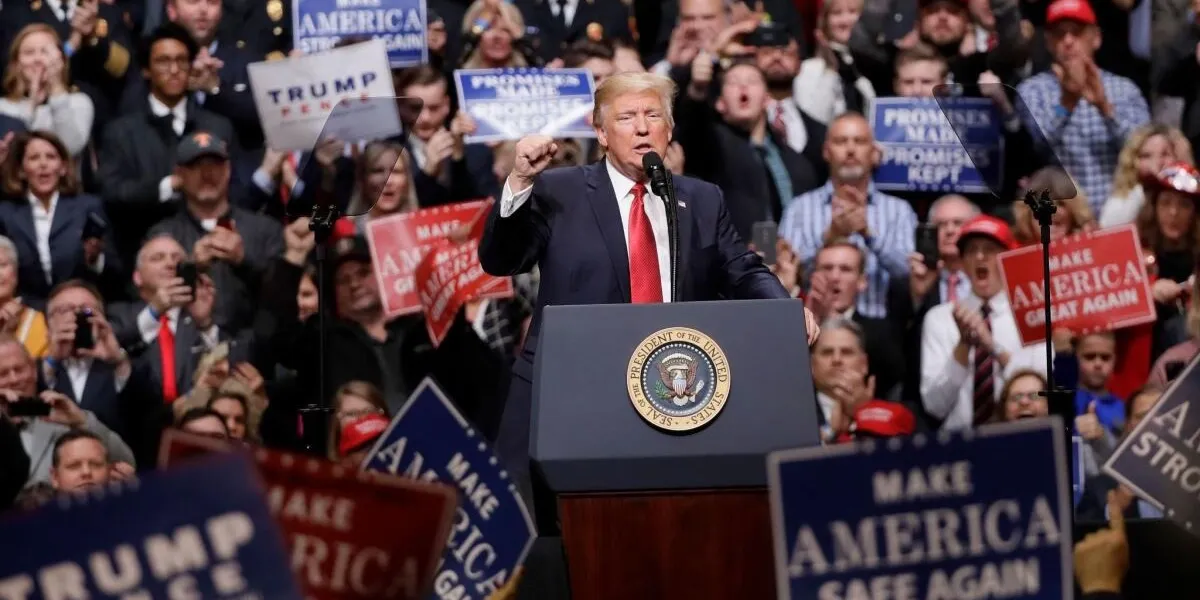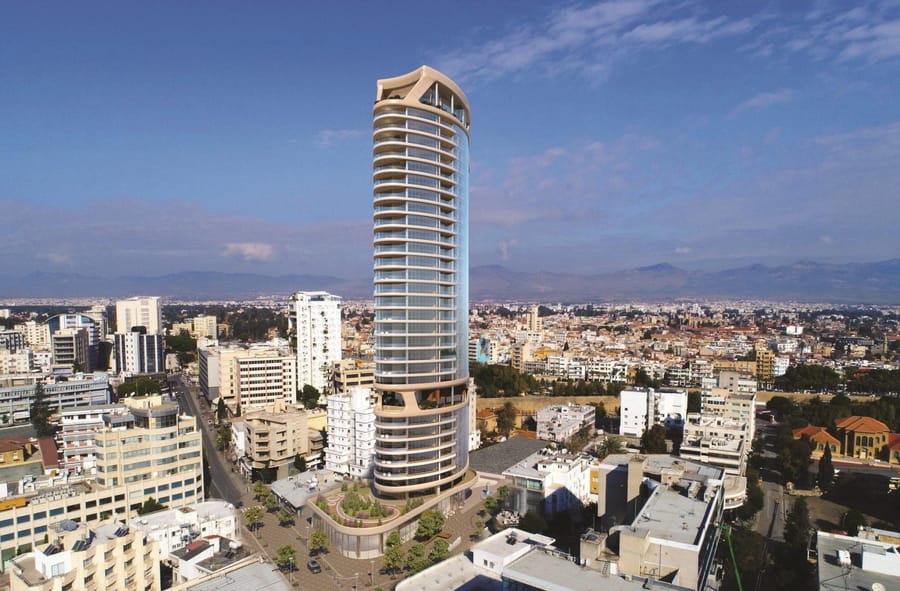In 2025, Donald Trump comes back to the White House. Now his major concern is to have more products in the U.S. under his ‘America First’ policy. That means higher taxes on products from other countries and more support for making things inside America.
So, what does this mean for real estate investors? It means big changes — especially for industrial and warehouse properties. These properties are becoming more important now.
What’s Changing in 2025?
Trump’s new policies focus on making the United States less dependent on goods from other countries. Here’s how it works:
- Higher taxes on imports: The U.S. is charging more on products from places like China, Mexico, and even Europe. This makes goods from other countries more expensive.
- Helping U.S. factories: The government is giving money and help to companies that bring their factories back to the U.S.
- Tax savings for building in the U.S.: Companies that build factories or warehouses in the U.S. can save a lot of money on taxes.
Because of these changes, more companies are choosing to build in America. This means more demand for warehouses and factories.

Demand for Warehouses Is Growing
As companies bring production home, they need new places to store and manage goods. This has led to a rise in demand for:
- Warehouses for storage and distribution.
- Logistics centers close to ports, highways, and airports.
- Light manufacturing spaces for assembling and packing goods.
Warehouse demand grew by about 8% in early 2025 in big U.S. cities like Dallas, Atlanta, and Tampa. Many companies want to keep their production and storage closer to customers to avoid shipping risks and delays.
Example: A Chinese logistics company recently rented a big warehouse in Southern California. Instead of sending finished products from Asia, they now ship parts and assemble them in the U.S. This helps them avoid extra fees and delays.
But Construction Costs Are Going Up
There is strong demand for warehouses, but building them is becoming more expensive. Many materials, such as steel, aluminum, cement, and certain electrical parts, are imported. Tariffs on these materials have increased prices.
Because of this, developers are being more careful. They may raise rents to cover the extra costs. This could lead to fewer new warehouses being built in smaller cities.
For example: A 100,000 sq ft warehouse in Ohio used to cost $8 million to build in 2023. In 2025, the same warehouse costs $9.2 million. That's a 15% increase. The main reason is higher material and labor costs.

Shortage of Workers
Another challenge in 2025 is the labor shortage. Trump's immigration restrictions have reduced the number of foreign workers available in the construction and logistics sectors. At the same time, U.S. unemployment remains low, and wages are rising.
This shortage affects:
- Construction crews — leading to project delays
- Truck drivers and warehouse staff — making operations more expensive
Fewer workers mean higher costs and slower timelines for completing industrial projects, which affects returns for investors.
Where Are the Hotspots?
Some areas in the U.S. are seeing faster growth in industrial real estate due to their location and business climate. Top regions to watch:
- Texas — With its large ports, pro-business policies, and central location — remains a top choice.
- Southeast U.S. — States like Georgia, Tennessee, and North Carolina offer good infrastructure and lower taxes.
- Border states — Arizona is growing fast due to its proximity to Mexico and cross-border trade, despite rising tensions.
Investors looking for strong long-term returns should pay attention to these markets. They offer good access to labor, transportation, and growing demand.

How Does It Compare to Europe and Cyprus?
In Europe, some countries are also encouraging local production, but they have different problems. For example:
- Germany: They support green factories, but it has strict worker rules and high energy costs.
- France and Italy: They have good places to ship goods from, but it takes longer to get approval for projects.
- Cyprus: Cyprus has a small industrial sector. It focuses more on storing goods that come from other countries. There isn’t a lot of land for big factories.
In short: The U.S. has more space and better government support for factory and warehouse growth, even though it can be more expensive.
Final Thoughts
Trump’s “America First” 2.0 policy is changing the U.S. economy. What does this mean for real estate investors? Opportunities and challenges. On one hand, there is high demand for warehouses and industrial buildings, but on the other hand, building them is more expensive, and it’s harder to find workers.
If you’re thinking about investing in this sector, focus on:
- Regions with good infrastructure (ports, highways, rail).
- States offering tax incentives or workforce training programs.
- Modern buildings with energy efficiency and automation features.
Tip for Investors: Several U.S. states are competing to attract industrial projects. Look for areas offering property tax discounts, grants, or fast-track permitting. These can boost your return on investment and reduce risk.






